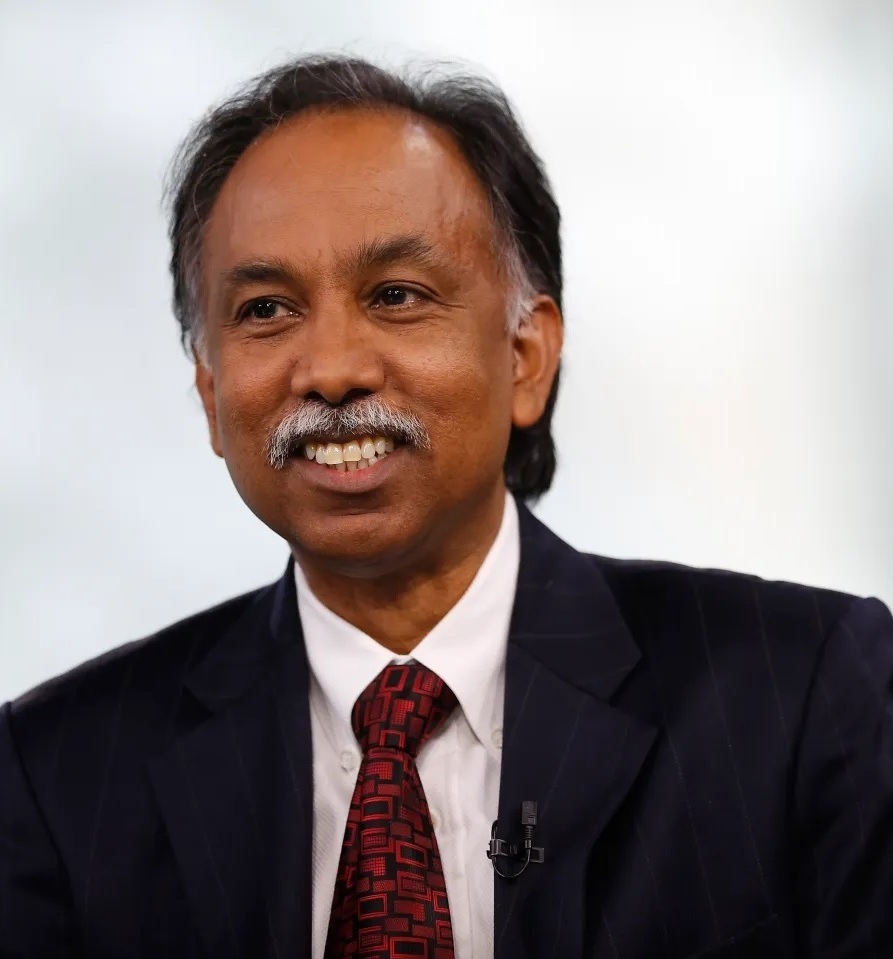 India's education system, one of the largest in the world, faces the colossal challenge of ensuring quality education for millions of students enrolled in government schools. With over 27 crore students in more than 14 lakh schools, half of whom study in government institutions, the task of transforming the system requires visionary leadership, robust technology, and a collaborative approach. Shikshagraha, a comprehensive movement spearheaded by Mr. SD Shibulal, Co-founder and Former CEO of Infosys, and Ms. Khushboo Awasthi, Co-founder of Mantra4Change, embodies this collaborative spirit, aiming to create systemic change in the education sector through collective action.
India's education system, one of the largest in the world, faces the colossal challenge of ensuring quality education for millions of students enrolled in government schools. With over 27 crore students in more than 14 lakh schools, half of whom study in government institutions, the task of transforming the system requires visionary leadership, robust technology, and a collaborative approach. Shikshagraha, a comprehensive movement spearheaded by Mr. SD Shibulal, Co-founder and Former CEO of Infosys, and Ms. Khushboo Awasthi, Co-founder of Mantra4Change, embodies this collaborative spirit, aiming to create systemic change in the education sector through collective action.
The Genesis of Shikshagraha
“Solutions must be created locally and contextually, necessitating local partnerships.”
The journey of Shikshagraha began with Mr. Shibulal’s long-standing commitment to education. “Our journey in education started 25 years back in 1999 when we established the Shibulal Family Philanthropic Initiatives,” Shibulal recalls. Initially focused on individual empowerment through scholarships, the initiative evolved to address broader systemic issues within the government school system by 2012. Recognizing the need for strong leadership, Shibulal and his team established ShikshaLokam in 2017, focusing on building the capacity of educational leaders and integrating technology to achieve sustainable improvements.
He strongly emphasises the critical role of collective action in Shikshagraha’s philosophy. “We realized that as a single organization, our ability is limited. Our government school system is diverse and complex; there is no one-size-fits-all solution. Solutions must be created locally and contextually, necessitating local partnerships.”
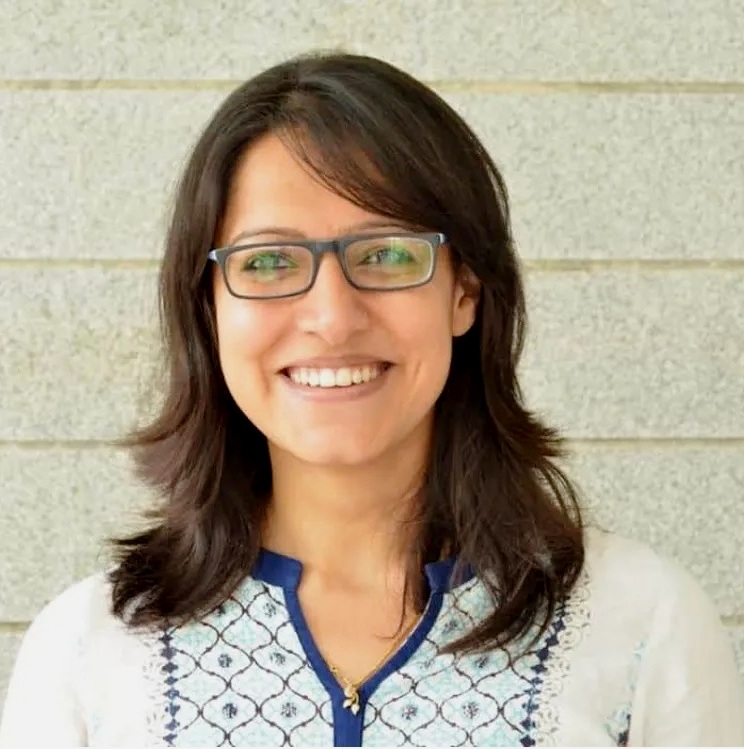 The Movement Today
The Movement Today
In just one year, the movement has reached over 10,000 schools, impacting more than 3 million children across 25 districts in 12 states
Shikshagraha’s structure is a testament to the power of decentralization and community involvement. It is organized into distinct missions, each targeting different facets of the education system while ensuring all stakeholders are engaged. One of the key components is district-level systemic leadership development, where Shikshagraha collaborates with district education departments to design and implement need-based programs. This approach leverages the expertise of NGOs, local leaders, and educational institutions to drive change at the grassroots level.
Youth leadership is another cornerstone of Shikshagraha. Engaging college students, particularly through the National Service Scheme (NSS), the movement seeks to harness the energy and passion of young people to promote public education and drive micro-improvements within their communities. “We are currently engaging with volunteers in Pondicherry and Telangana, aiming to expand to six more states by 2025,” Khushbu notes.
Furthermore, Shikshagraha recognizes the significant influence of women in community transformation. By partnering with women’s self-help groups, the movement empowers them to advocate for and contribute to the improvement of public schools. These women, often deeply embedded in their communities, play a crucial role in mobilizing grassroots support for quality education.
Co-Creation at the Core
At the state and district levels, institutions like the State Council for Education Research and Training (SCERT) and District Institutes of Education and Training (DIETs) play pivotal roles. These bodies are responsible for curriculum design, priority setting, and capacity building for teachers and leaders. However, challenges such as limited staff and resources often hinder their effectiveness.
In the Samagra Shiksha partnership, their nonprofit partners collaborate with DIETs and district education offices to conduct joint needs assessments and co-create programs. This partnership ensures that innovative ideas and research-backed solutions are integrated into the education system, enhancing the capacity of local institutions to drive change. Monthly learning circles and data-driven discussions foster a supportive ecosystem where challenges are addressed collectively.
Ushering Big Changes through Micro-Improvements
“Change can be overwhelming. By breaking down the process into manageable steps, we help leaders implement continuous, incremental improvements”
Building leadership capacity is central to Shikshgraha’s mission. Shibulal emphasises the importance of learning by doing: “We create processes that enable leaders to transform the system through micro improvements, ensuring the change is evidence-based.” This approach extends beyond school leaders to include societal and government leaders, as well as parents.
Khushboo elaborates on the concept of micro improvements, noting that change can be overwhelming. By breaking down the process into manageable steps, they help leaders implement continuous, incremental improvements. For instance, a principal might enhance parent-teacher meetings by creating more participatory spaces, gradually fostering a culture of inclusivity and respect.
The approach of micro-improvements, supported by their robust digital platform, has facilitated significant progress. “In the last couple of years, under the platform, we have achieved approximately 6.7 lakh micro-improvements in government schools,” Shibulal shares.
Achievements and Impact
Shikshagraha's journey is marked by rigorous piloting and testing of initiatives that have yielded remarkable results. In just one year, the movement has reached over 10,000 schools, impacting more than 3 million children across 25 districts in 12 states. The impact of Shikshagraha is evident in states like Punjab and Bihar. Punjab has consistently ranked number one in learning outcomes across all subjects and grades, thanks to the systemic improvements driven by the movement. In Bihar, project-based learning programs have led to substantial enhancements in student happiness and academic performance.
In addition to their core objective of enriching education, they have also been able to bring about transformative shifts in the communities they work with. One standout achievement is highlighted by Shibulal: “We had 65,000 women in Bihar take an oath not to pull their girl child out of school.” He underscores the importance of empowering mothers, the ultimate decision-makers in a child's education, to ensure sustained school attendance for girls. “Even if only half of these women honor their commitment, the impact would be phenomenal”, he adds.
Navigating Challenges and Building Alignment
Shikshagraha’s success is not without its challenges. Building collaborations with diverse stakeholders and tailoring approaches to address local issues requires patience and persistence. Shibulal points out the significant hurdle of attribution versus contribution: “In collective action, the attribution may not be clear, but the contribution is.” This mindset shift is crucial, as it emphasizes the importance of recognizing collective efforts over individual credit.
Khushboo discusses an operational perspective, highlighting the impatience often seen in the social change space: “Many of us are on a mission and want problems solved quickly, leading to a control-oriented approach.” Collective action, however, requires co-creation and shared meaning-making, which takes time. This approach, though slower in the short term, ensures sustainable and effective long-term impact.
Maintaining sustained commitment from partners is a challenge across the development sector. The impact of systemic transformations is medium to long-term, requiring patience and a shift from short-term result expectations. Therefore, the necessity for funding agencies to understand the mechanics of collective action becomes crucial. Shibulal outlines their approach to ensure long-term collaboration: “Common purpose, alignment of purpose, co-creation of solutions, transparency, and patience are crucial.”
The Road Ahead
Shikshagraha aims to scale its impact further. The immediate goal is to extend its reach to 100 districts, increasing the number of partner organizations to ensure a broader and deeper impact. By fostering a grassroots movement where communities actively demand and contribute to quality education, Shikshagraha envisions creating sustainable change.
“We are building a movement by involving all stakeholders—Samaj, Sarkar, and Bazar (society, government, and market). It is a people’s movement, scalable, and based on a common purpose: providing quality education to every child,” Shibulal emphasises.
Shikshagraha stands as a shining example of how collective action can drive systemic change. By leveraging the strengths of diverse stakeholders and focusing on local, contextual solutions, it is transforming the landscape of public education in India. As the movement grows, it promises to bring about a future where every child has access to quality education, empowering them to become productive and enlightened citizens of tomorrow. The strides made so far serve as an inspiring blueprint for future educational reforms.



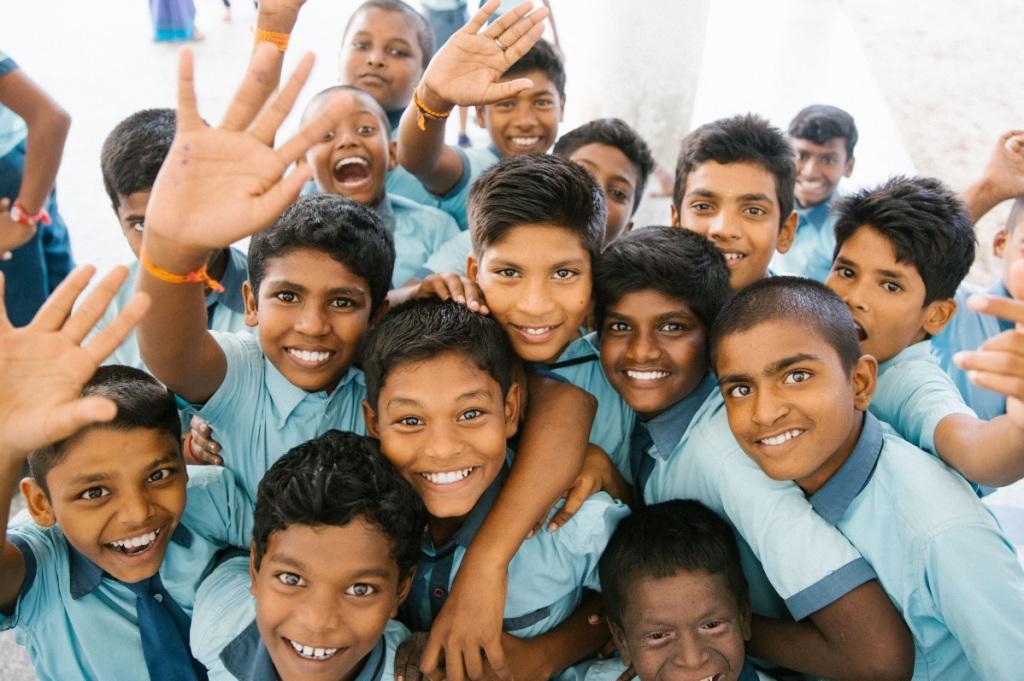
 India's education system, one of the largest in the world, faces the colossal challenge of ensuring quality education for millions of students enrolled in government schools. With over 27 crore students in more than 14 lakh schools, half of whom study in government institutions, the task of transforming the system requires visionary leadership, robust technology, and a collaborative approach. Shikshagraha, a comprehensive movement spearheaded by Mr. SD Shibulal, Co-founder and Former CEO of Infosys, and Ms. Khushboo Awasthi, Co-founder of Mantra4Change, embodies this collaborative spirit, aiming to create systemic change in the education sector through collective action.
India's education system, one of the largest in the world, faces the colossal challenge of ensuring quality education for millions of students enrolled in government schools. With over 27 crore students in more than 14 lakh schools, half of whom study in government institutions, the task of transforming the system requires visionary leadership, robust technology, and a collaborative approach. Shikshagraha, a comprehensive movement spearheaded by Mr. SD Shibulal, Co-founder and Former CEO of Infosys, and Ms. Khushboo Awasthi, Co-founder of Mantra4Change, embodies this collaborative spirit, aiming to create systemic change in the education sector through collective action. The Movement Today
The Movement Today

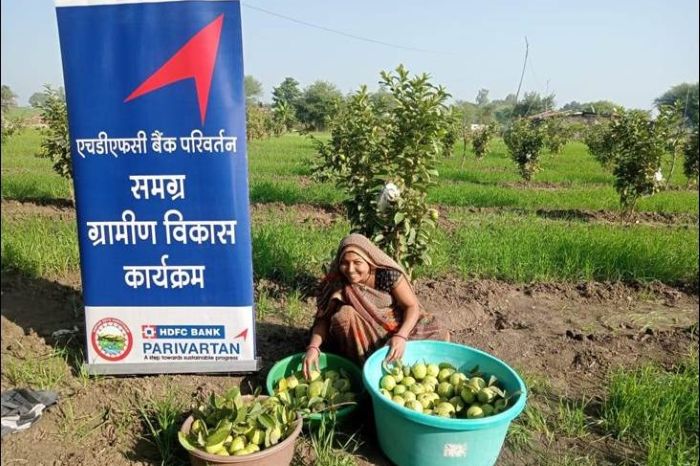
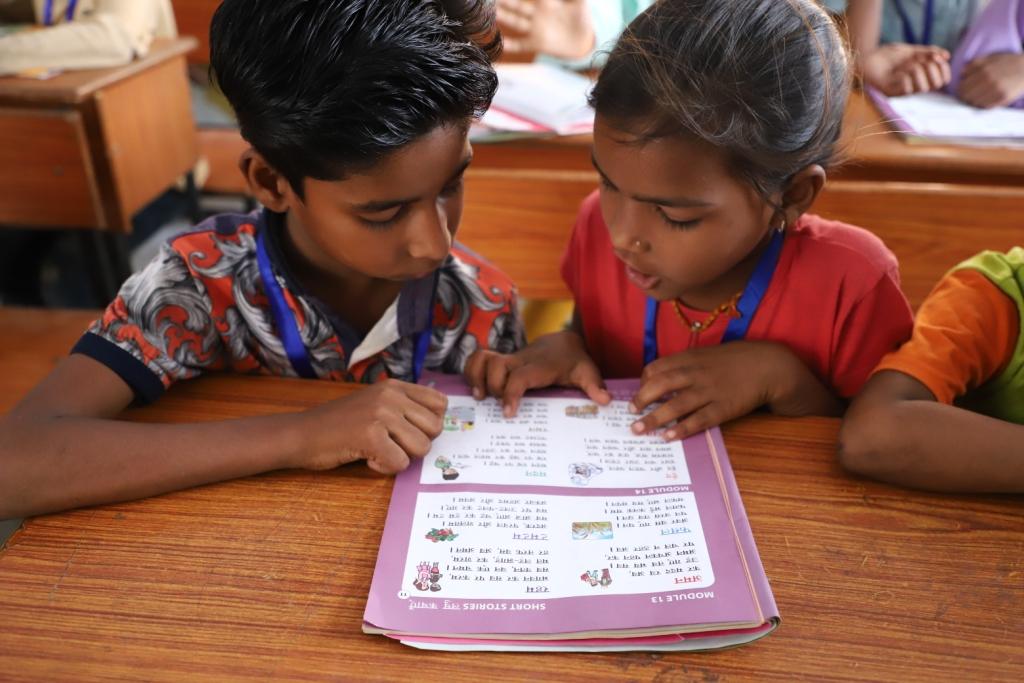
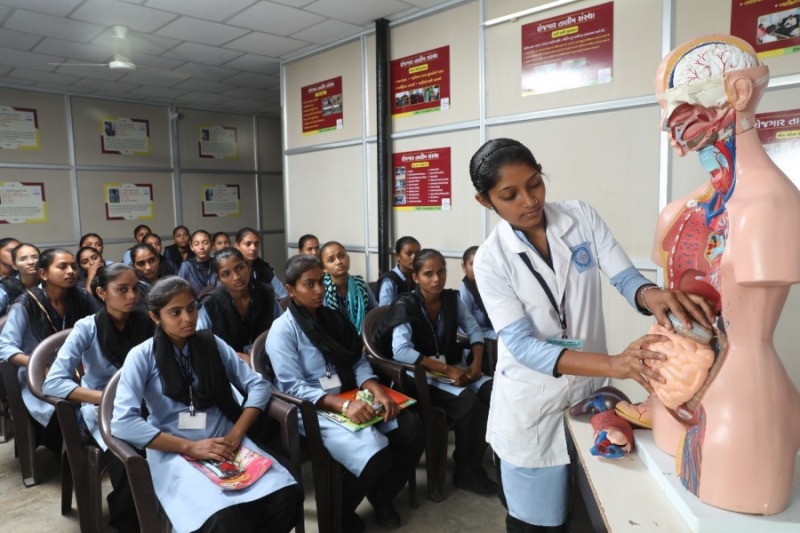




.jpg)




